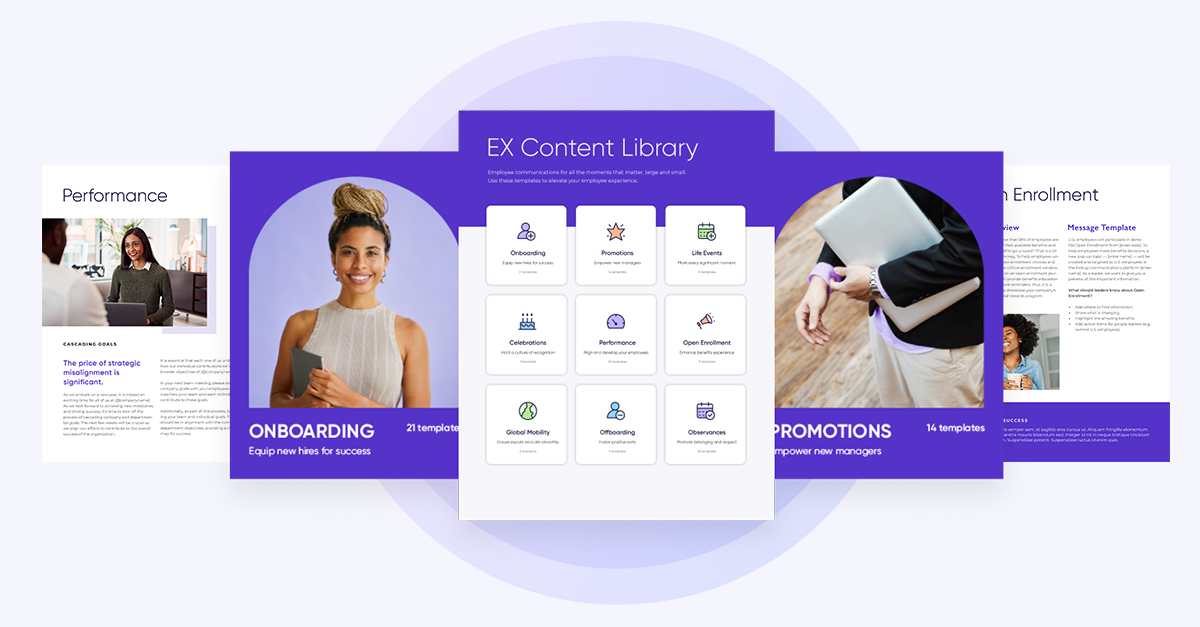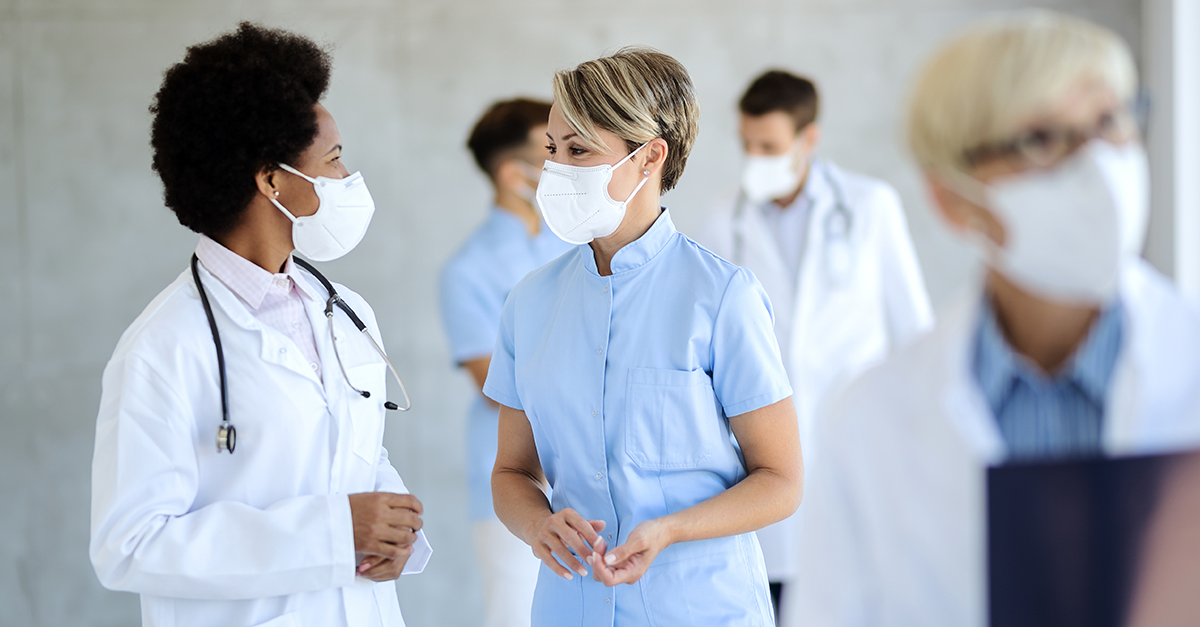Tips for nurturing and retaining new healthcare staff
A 2020 study published by Nursing Solutions Inc. found that the average hospital loses $4.86 million annually to RN turnover. Further, hospitals have turned over nearly 90% of their workforce in the past five years. Over a quarter of these job vacancies occurred within the first year of employment. Healthcare turnover is a costly problem that has proven difficult to address, but you can take steps to minimize it within your facility.
One of the most effective changes you can implement is to overhaul your onboarding process. Onboarding can be extensive and costly, with hours of paperwork, compliance certifications, and training to complete. The last thing you want is to go through all of that time and effort and then have to start over because the new employee didn’t stick around. Use these thoughtful onboarding tips to increase retention and engagement and make the process work better for everyone.
Don’t get lost in the paperwork
It’s easy to lose the human touch in the onboarding process with so many forms to fill out and so much paperwork to get through. Yet without human connection, employees are far less likely to stick around.
Try to break up the paperwork with one-on-one or team interactions. Assign a veteran employee to show the new hire around and help introduce them to the rest of the team. Give them the chance to shadow someone for their first day or two, so they can learn the unique aspects of your facility and its workflow. Yes, you need to dot all the i’s and cross all the t’s, but there should be much more to onboarding than just paperwork, compliance, and formal training.
In most companies, almost the entire onboarding process is handled by the HR department. While this is easy for the organization, it’s not especially beneficial for the new hire. Rather than letting HR conduct the entire process, get your whole team involved. Ensure that new hires get to meet upper management. Give them some time with direct supervisors and the people they will be working alongside. Focus on introducing them to the team and integrating them into its culture.
Practice effective communication
One of the most important yet overlooked aspects of healthcare management is communication. In a healthcare setting, vital information needs to reach specific members or entire departments in your organization. Without an effective communication plan, your team may miss instructions and details that are literally life-and-death. Yet, most hospitals and large healthcare facilities make communication more difficult than in other industries.
Implement a communication platform that allows you to filter messages to only the appropriate people to keep from overwhelming your team with unnecessary messages. Ensure your communications are accessible at any time and from any sort of device. Keep your messages concise, consistent, and on-topic at all times. And look for a technology partner that will help improve healthcare communication across your organization to boost engagement and keep everyone informed.
Forecast long-term employment
When hiring a new employee, it’s easy to get bogged down in the here and now and fail to look at the big picture. Instead, take the time to discuss long-term goals and how you might meet them within your organization.
Discuss where each new hire wants to be five or ten years from now and how your facility can be a part of that future. Create a customized development plan for each employee, with actionable benchmarks and learning opportunities to help them achieve their goals. Keep this on file and revisit it during performance reviews to ensure you and your employees are still on the same page about their long-term career goals.
Get feedback on your onboarding process
Exit interviews are standard and can be incredibly helpful in pinpointing places your organization may fall short from the employee’s perspective. But what about getting feedback from those employees who stick around?
If you have a 30 or 60-day review, it’s a great time to ask for feedback about the onboarding process. If you don’t already have a review process in place, it might be a good idea to start one. Find out what the employee feels went well and what they thought could be improved or may have been lacking. Ensure you give them a safe space to be honest and frank about your company and its leadership.
In the end, the onboarding process is about more than just getting an employee ready to work. Onboarding should focus on integrating workers into the team and acclimating them to the organization’s internal culture and processes. It’s a vital step in creating a long-term relationship that will benefit both parties, hopefully for years to come.
The best way to create an engaged workforce is to start with the onboarding process, but employee engagement doesn’t end there. Learn more in our guide, New Insights for HR: A Four-Step Guide to Improving Employee Engagement.






